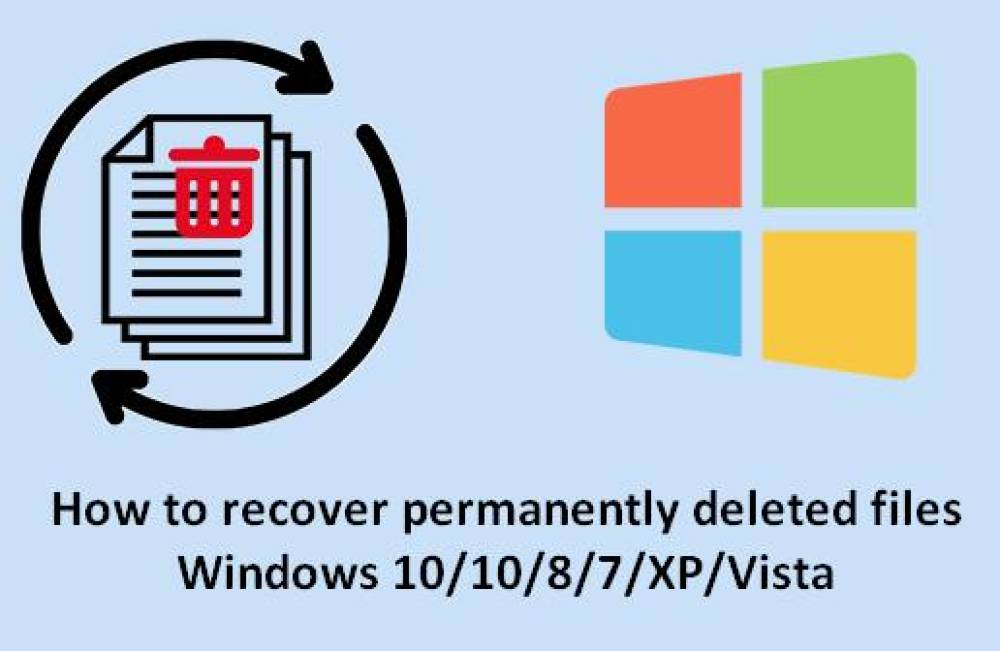Chapter 1: Understanding How Pictures Are Deleted
When a picture is deleted, it is often not permanently erased from the device. Instead, the space it occupied is marked as available for reuse. Until new data overwrites that space, the picture remains recoverable using the right tools. Here are common scenarios:
Accidental deletion from phones, cameras, or computers
Formatting of storage media like SD cards or hard drives
Corruption due to malware or file system errors
Software or system crash that leads to data loss
Understanding the cause of deletion can help determine the best recovery strategy.

Chapter 2: Restoring Pictures from the Recycle Bin or Trash
Windows:
Double-click the Recycle Bin icon.
Locate the deleted picture.
Right-click and choose Restore.
macOS:
Open the Trash from the Dock.
Find your deleted picture.
Right-click and select Put Back.
If the file is not in the Recycle Bin or Trash, it may have been permanently deleted. In such cases, data recovery software is needed.
Chapter 3: Restoring Deleted Pictures from a Backup
Windows Backup:
Go to Control Panel > System and Security > Backup and Restore.
Choose Restore my files.
Browse or search for your picture and follow prompts.
macOS Time Machine:
Connect your Time Machine backup drive.
Open the folder where the picture was stored.
Launch Time Machine and use the timeline to locate the file.
Click Restore.
Cloud Services (Google Drive, iCloud, OneDrive):
Log in to your account.
Navigate to the Trash or Recently Deleted folder.
Select the picture and choose Restore.
Chapter 4: Using Data Recovery Software
Drecov Data Recovery
Drecov Data Recovery is designed for users of all experience levels. It supports a wide range of image formats, including JPEG, PNG, BMP, TIFF, GIF, RAW files from cameras, and more. It works across different storage devices, including internal hard drives, SD memory cards, external HDDs, SSDs, and USB flash drives. It also features a preview tool, allowing users to verify picture integrity before restoration.
Step-by-Step Guide to Recover Pictures Using Panda:
Download and Install Drecov Data Recovery
Visit the official Panda website and download the software.
Install it on a drive different from the one where your pictures were lost to avoid overwriting data.
Launch the Program
Open Drecov Data Recovery.
The home screen will display all available drives and connected devices.
Select the Target Location
Choose the drive or device where the deleted pictures were originally stored (e.g., “D:\” or your SD card).
Click Next to proceed.
Choose a Scan Type
Opt for Quick Scan for recently deleted files.
Use Deep Scan for formatted devices or permanently deleted pictures for a more thorough recovery.
Preview and Select Pictures
Once the scan completes, you can filter results by file type.
Preview images before selecting them to ensure they are intact.
Recover and Save
Choose the pictures you want to restore.
Click the Recover button and save the files to a new location—not the original drive or card.
Supported Scenarios for Picture Recovery
Drecov Data Recovery is highly versatile and can help recover pictures in the following situations:
Emptied Recycle Bin or Trash
Formatted SD cards and USB drives
Deleted RAW camera photos
Corrupted partitions or drives
Files lost during system crashes or malware attacks
Special Features
Image Filtering: Easily isolate picture files from other recoverable data.
Preview Mode: Ensure photo quality before restoring.
Broad Compatibility: Works with Windows 11. 10. 8. and 7.
Secure Recovery: Read-only mode ensures no data is overwritten during recovery.
Tips for Successful Picture Recovery with Panda
Act quickly—stop using the device immediately after deletion.
Run Deep Scan for formatted or severely corrupted media.
Save recovered files to a different storage location.
Use the preview function to avoid restoring unnecessary files.
Chapter 5: Mobile Phone Photo Recovery
Android:
Google Photos: Check the Trash folder (photos stay for 30 days).
Recovery Apps: DiskDigger, Dr.Fone, Tenorshare UltData for Android.
Use a PC: Connect phone via USB and use recovery software.
iPhone:
Recently Deleted Album in Photos (keeps photos for 30 days).
iCloud: Log into iCloud and restore from Photos or iCloud Backup.
iTunes Backup: Use iTunes or Finder to restore from a backup.
Third-party apps: PhoneRescue, iMobie, Tenorshare, Dr.Fone.
Chapter 6: Restoring Pictures from SD Cards, USB Drives, and External Storage
If your pictures were deleted from an external device:
Stop using the device immediately.
Connect it to your computer.
Run recovery software (like Panda, Recuva, or PhotoRec).
Select the device and start the scan.
Recover pictures to a separate location.
Important tip: Never save recovered files to the same device you’re recovering from, to prevent overwriting data.
Chapter 7: Restoring Photos After Formatting
Even after formatting, recovery is possible if new data hasn’t overwritten the old one. Recovery tools can:
Scan formatted drives
Locate previously stored image data
Restore files with original or generic names
Deep scan features are particularly useful in formatted recovery scenarios.
Chapter 8: Advanced Recovery Tips and Considerations
Use Deep Scan: Especially when Quick Scan fails to find the file.
Preview Before Recovering: Most tools offer preview options to check quality.
Know File Extensions: Search for .jpg, .png, .bmp, .raw, etc.
Use Multiple Tools: If one tool doesn’t work, try another.
Check Auto-Backup Apps: Many phone manufacturers include backup tools like Samsung Cloud, Xiaomi Backup, etc.
Chapter 9: Preventive Measures for the Future
To avoid future picture loss:
Enable automatic backups (Google Photos, iCloud, OneDrive)
Regularly back up data to external drives
Avoid quick deletion without checking
Use photo management apps with built-in cloud sync
Restoring a deleted picture can feel daunting, but with the right approach, recovery is often possible. Whether your image was lost due to accidental deletion, formatting, or a system glitch, various methods exist to bring it back. Start with checking your Recycle Bin or Trash, then move on to backups or recovery software. With tools like Drecov Data Recovery, Recuva, or PhotoRec, even permanently deleted files can often be restored.




